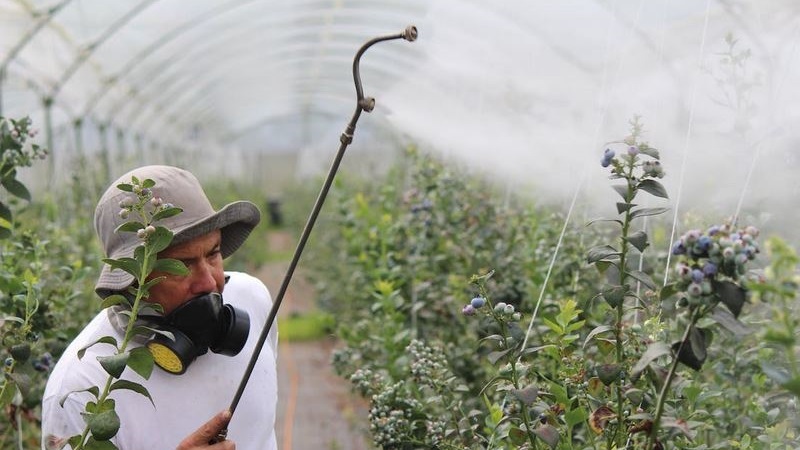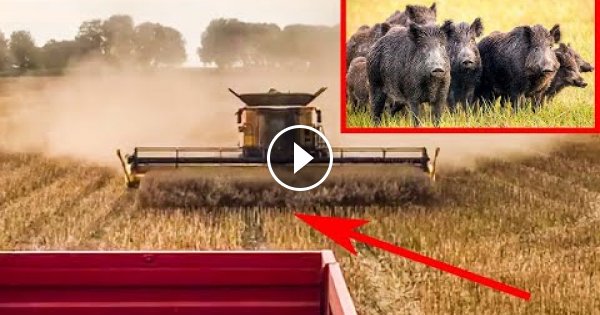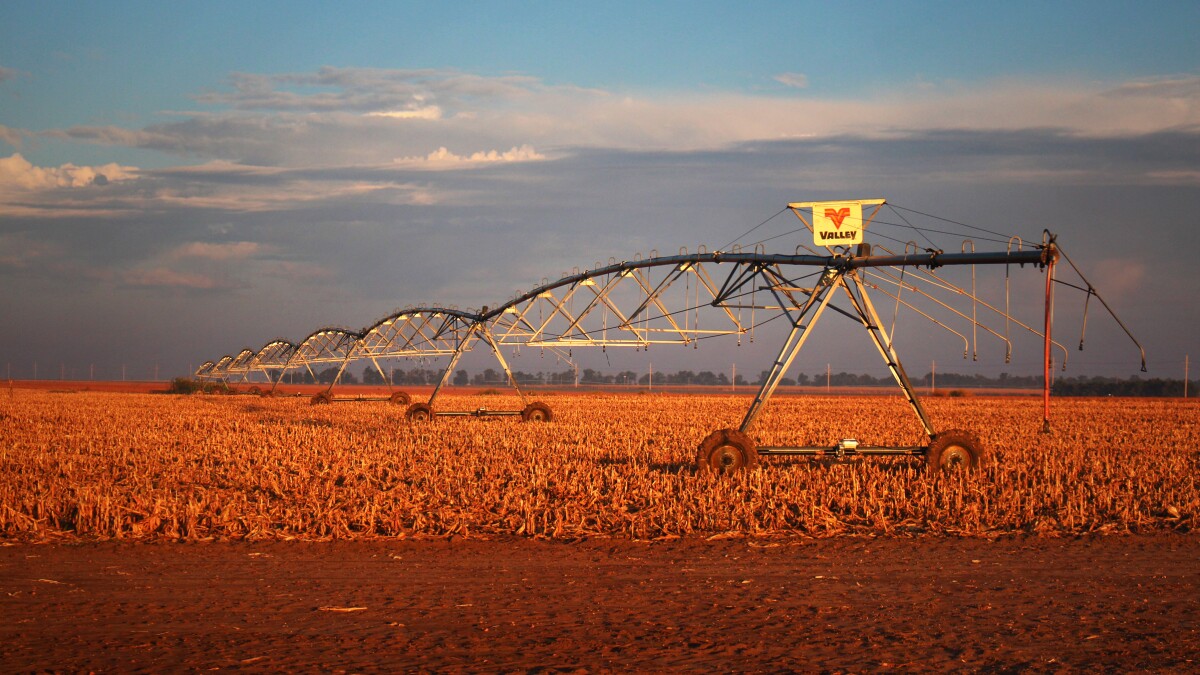11/09/2022 SOURCE: www.dtnpf.com
"Securing certain herbicides may be a challenge for farmers in 2023 like this year and crop protection products will likely cost more, according to Vern Hawkins, Syngenta crop protection president."
Vern Hawkins, Syngenta Crop Protection president, talks to DTN about ongoing supply chain issues affecting crop production product availability, pending litigation and new products being developed.
Syngenta's President of Crop Protection Provides Product Insights
-
(0)
-
Bookmark
- Comments. (0)
 Randy Krotz
Randy Krotz
Topics: Agriculture US, Pesticides,
Campaign: Friends of the Earth petitions hardware stores to ban Roundup The environmental group says a recent study found Roundup can kill bees on contact and even suffocate them, wants major retailers like Home Depot and Lowe’s to stop selling it
Read More-
(0)
-
Bookmark
- Comments (0)
11/08/2022 SOURCE: stlrecord.com
Officials of Monsanto and their attorneys decided to pay off a St. Louis plaintiff, a professional landscaper who sued them claiming their weed killer QuikPRO caused him to develop Non-Hodgkin’s Lymphoma, a cancer of the white blood cells.
Monsanto settles with plaintiff claiming cancer from QuikPRO in St. Louis trial | St. Louis Record
-
(0)
-
Bookmark
- Comments. (0)
 Nancy Kavazanjian
Nancy Kavazanjian
Topics: Agriculture US, Sustainability,
Farms welcoming tourists now make up a $1 billion industry of corn mazes and pumpkin patches
For many people, fall is marked by taking trips to the pumpkin patch, getting lost in a corn maze or catching a hay ride. These seasonal activities are part of agricultural tourism, and it's a booming industry.
-
(0)
-
Bookmark
- Comments (0)
 Nancy Kavazanjian
Nancy Kavazanjian
Topics: Agriculture US, Ag Podcast US, Food/Nutrition,
What are Pumpkins?
Colabra makes scientific teams more efficient with real-time collaboration, integration of all data and agile project management.
-
(0)
-
Bookmark
- Comments (0)
 Nancy Kavazanjian
Nancy Kavazanjian
Topics: Agriculture US, Economics,
Farmers share how they're overcoming rising input costs
We asked four ISA farmer-members to weigh in on how input prices affect their business and what they expect in the future.
-
(0)
-
Bookmark
- Comments (0)
-
(0)
-
Bookmark
- Comments (0)
 Nancy Kavazanjian
Nancy Kavazanjian
Topics: Agriculture US, Water, Trade (Commodities),
Low Mississippi River levels could cause $20B in losses - Brownfield Ag News
AccuWeather forecasts economic losses of $20 billion from the Mississippi River’s historically low water levels. Senior meteorologist Paul Pastelok tells Brownfield the low levels have caused barge traffic to come to a near standstill, and he doesn’t expect any significant change in the levels until early next year. “We do have a couple of events […]
-
(0)
-
Bookmark
- Comments (0)
10/25/2022 SOURCE: farmmachinery.tv
-
(0)
-
Bookmark
- Comments. (0)
 Nancy Kavazanjian
Nancy Kavazanjian
Topics: Agriculture US, Water,
Kansas officials criticized over plan to truck in 6,000 gallons of water from Missouri River
The project is meant to prove that large transfers of water could be a tool to help save the disappearing Ogallala Aquifer, which provides irrigation and drinking water to western Kansas. But other groundwater management officials say it’s a distraction from the far more urgent task of conservation.
-
(0)
-
Bookmark
- Comments (0)












